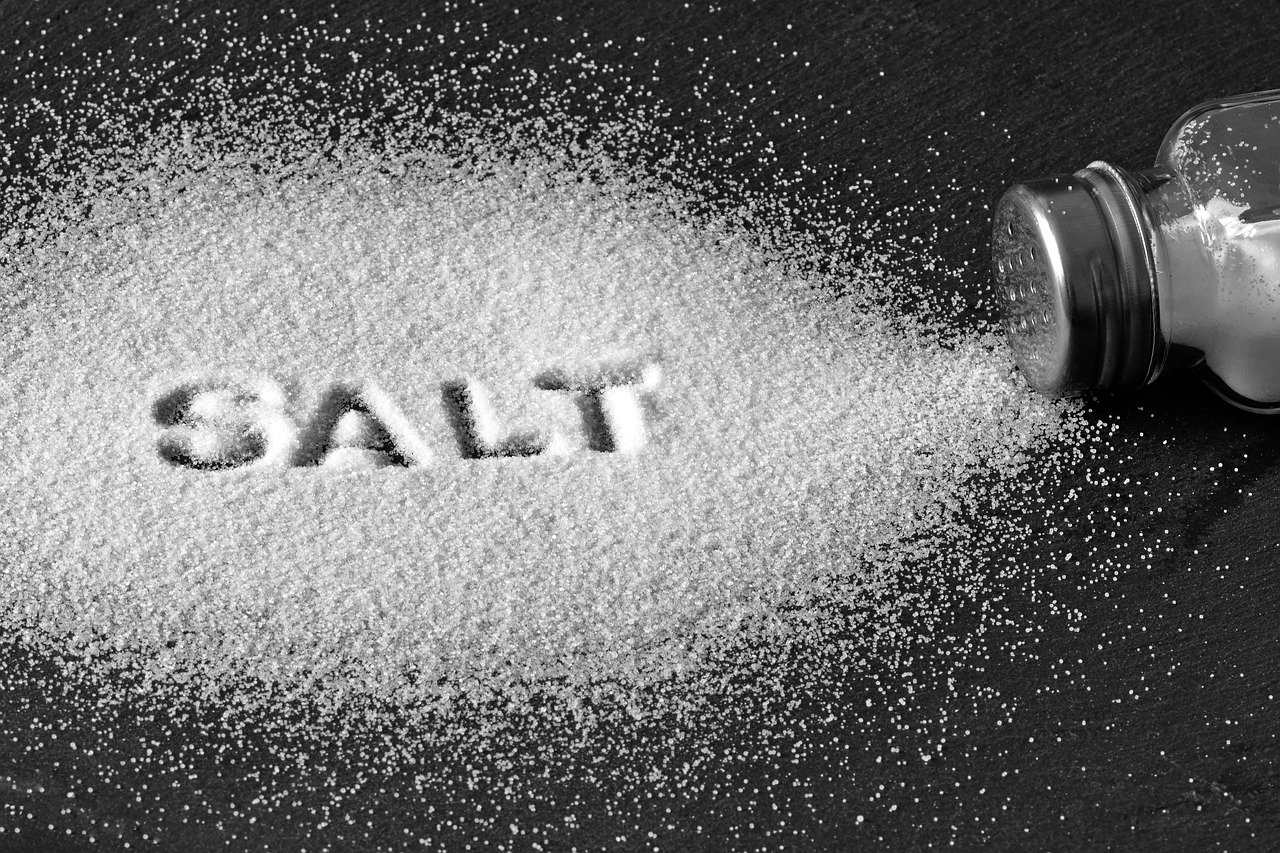While the classic image of an American dinner table often features a robust salt shaker standing proudly next to its companion, the pepper mill, it may be time to reconsider who we’re casting as the villain in our ongoing battle against high sodium intake.
Indeed, the humble salt shaker, often vilified for its contribution to our dietary woes, might just be a scapegoat in the grand scheme of things. A deeper dive into the American diet reveals a more complex perpetrator lurking within our midst — packaged and restaurant foods.
The Real Culprits: Packaged and Restaurant Fare
Contrary to popular belief, the majority of sodium in our diets doesn’t come from a few extra dashes of salt at the dinner table. Instead, it’s the sneakily high levels of sodium in packaged and restaurant foods that are the main contributors.
A stroll down any supermarket aisle or a glance at a restaurant menu is all it takes to encounter the sodium-laden reality of our food landscape. Packaged foods, with their long shelf lives and ready-to-eat convenience, often come with a hefty dose of sodium, used to enhance flavor and preserve freshness.
Similarly, restaurant dishes, known for their robust flavors and mouthwatering appeal, frequently rely on salt to achieve these culinary highs.
Reducing Sodium: Tips for the Home and Beyond
Fear not, for all is not lost in our quest to tame our sodium intake. Here are some actionable tips for reducing sodium both at home and when dining out.
At Home:
- Read Labels: Become a detective in the grocery store aisles. Look for products labeled “low sodium,” “reduced sodium,” or “no salt added.” Paying attention to nutrition labels can help you make more informed choices.
- Fresh is Best: Whenever possible, opt for fresh fruits and vegetables over canned versions, which often contain added salt for preservation. If you do choose canned goods, look for those without added sodium or drain and rinse them to remove some of the salt.
- Herbs and Spices: Unleash the power of herbs and spices in your cooking. These natural flavor enhancers can reduce the need for added salt while elevating the taste profile of your dishes.
On the Go:
- Special Requests: Don’t be shy about asking for your meal to be prepared with less salt when dining out. Many restaurants are accommodating and can modify dishes to suit dietary preferences.
- Side Dishes Matter: Pay attention to side dishes, which can be hidden sources of sodium. Opt for steamed vegetables or a salad with dressing on the side instead of more processed options.
- Portion Control: Restaurant portions are often generously sized. Consider sharing a dish or taking half to go, which not only helps with sodium intake but also keeps calories in check.







